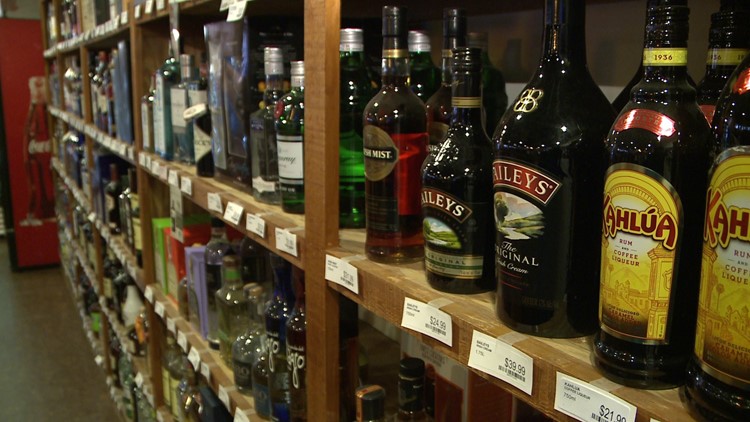Ads for alcoholic beverages lure teens to imbibe, in spite of laws prohibiting them from doing so until they are 21. And when they do reach for that drink, they are more likely to opt for one they saw flashed on TV or in magazines, according to researchers who studied what brands teens are consuming.
Underage drinkers are five times more likely to consume alcohol brands that advertised on national television, and 36 percent more likely to consume brands that advertised in magazines, according to a study published in the American Journal of Drug and Alcohol Abuse this month.
Researchers looked at the relationship between advertising and alcohol consumption using a national survey of brand preferences among 1,031 underage drinkers from December 2011 to May 2012. They found that advertising exposure to specific brands of alcohol could contribute to brand-specific alcohol consumption among underage drinkers.
The Centers for Disease Control and Prevention reports that alcohol is the most commonly used and abused drug among youth in the United States, and is responsible for more than 4,300 deaths per year among underage drinkers.
In a statement, Lisa Hawkins, vice president for Distilled Spirits Council, said the survey reflects the brand choices of adults who legally purchase alcohol, not the teens who obtain it from them.
“According to the federal data, underage drinking is at historic lows, yet advertising and marketing are at all-time highs. This real-world data further supports the overwhelming body of research concluding that advertising does not cause someone to begin drinking alcohol or to drink more,” Hawkins said in response to the study.
Michael Siegel, the lead author of the study and a professor of community health sciences at Boston University, called the response a “crude analysis” that considers overall advertising, not brand-specific advertising.
“When you examine the relationship between brand-specific advertising and underage youth consumption by brand, there is a very strong and consistent relationship,” Siegel said.



